Europe, a trove of the best hiking trails, is a feast for hikers. Its diverse landscapes range from towering peaks to serene coastlines, revealing the best hikes near bustling cities and hidden gems. Lace-up for our favorite hikes, featuring the best places for scenic views and cultural experiences.
From the emerald hills of Ireland to the towering Alps in Switzerland, this continent never fails to surprise with breathtaking panoramic vistas.
Essential Backpacking Tips To Explore Europe
- Pack Light: Keep your pack as light as possible. Carry only things you need. You should be able to carry your backpack for long durations without compromising on your pace or comfort.
- Organize Efficiently: Pack so that the most frequently used items are easily accessible. Use compression sacks to save space.
- Check Regulations: Ensure you follow camping regulations, particularly if traveling across European countries. Respect the environment and leave no trace.
- Plan Your Route and Stops Ahead: Plan your stops based on proper camping spots or huts on your trail route.
Whether you’re seeking a challenging trail or a relaxing hike near home, here is a curated list, a rogue traveler’s must-see list, of the best hiking spots across Europe.
1. Hike Near Majestic Peaks At Tour du Mont Blanc (France, Italy, Switzerland)
The Tour du Mont Blanc (TMB) is a genuinely iconic trail that circulates the highest mountain in Western Europe, Mont Blanc. This journey presents vivid landscapes across three distinct countries — France, Italy, and Switzerland. This trail is a favorite among hikers worldwide, offering a blend of cultures, terrains, and picturesque spectacles.
Treking’s Best Features: Alpine Experience at Tour du Mont Blanc
- Scenic Views: Expect endless, enchanting views of snow-clad mountains, glittering glaciers, serene valleys, and beautiful meadows throughout the hike.
- Flora and Fauna: The trail exhibits diverse ecosystems, housing many plants and animals. This includes marmots, chamois, and ibex, as well as edelweiss, gentians, and alpine roses.
- Delicious Cuisine: Each country adds unique gastronomic delights, offering a taste of its rich culinary heritage.
- Cultural Experiences: Experiencing three cultures on a single trail adds an exciting twist. Hikers will learn cultural nuances and history on this international trek.
Pre-Trek Checklist: Preparing For One Of The Best Mountain Regional Park Experiences
Here are some essentials for the trek:
- Maps and Guidebooks: The proper maps and guidebooks are essential for a successful hike. Topographical maps provide a detailed view of the terrain.
- Clothing and Equipment: Given the alpine weather and challenging terrain, hikers should pack warm clothing, sturdy boots, a reliable backpack, and a first aid kit.
- Physical Fitness: Regular strength and endurance training before the trek can help make the journey less strenuous.
- Accommodation Reservations: During peak hiking season, mountain huts and guesthouses can become fully booked quickly. It’s recommended to make reservations well in advance.
Quick Facts for A Day Hike
- Trail Length: About 170 km
- Trek Duration: Approximately 10 to 12 days
- Difficulty Level: Moderate to high. It’s a physically challenging trek that requires a good fitness level but is non-technical (no need for climbing equipment or skills).
- Best Time to Visit: The most suitable months are from late June to September when the paths are snow-free and the huts are open.
The Tour du Mont Blanc is undoubtedly a challenging hike, but the rewards are worth the effort. With each step, this trail promises adventure, beauty, and a memorable experience.
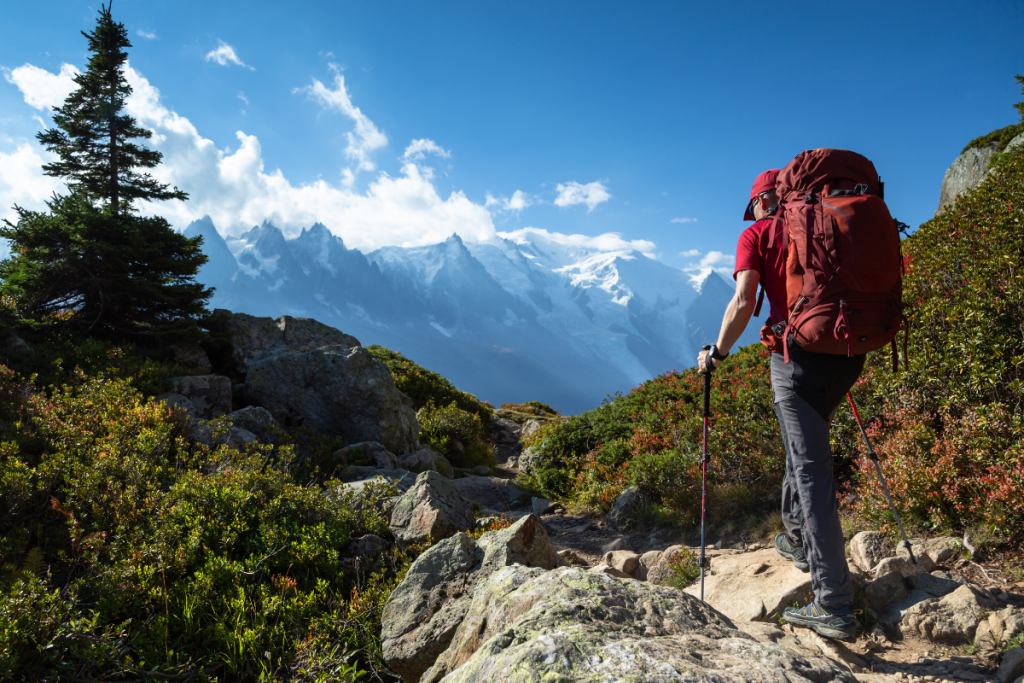
2. The West Highland Way: A Scenic Hike Through Scotland
Stretching for 96 miles across Scotland’s mesmerizing landscapes, The West Highland Way offers a unique taste of Scottish highlands. From the outskirts of Glasgow to Fort William, the trail features diverse terrain, including lochs, moors, mountainous regions, and ancient woodlands, with an incredible view of Ben Nevis, Britain’s highest peak.
Key Features of the Trek:
- Historical Significance: Walking the West Highland Way is akin to stepping back in time. Medieval castles, ancient standing stones, and the remnants of old military roads offer a rich tapestry of Scottish history.
- Diversity of Trails: The West Highland Way isn’t just one trail. Instead, it winds through a variety of Scottish landscapes, including tranquil lochs, towering Munros, and gorgeous glens.
- Cultural Experiences: Along this famous trek, travelers can sample true Scottish culture – from savoring traditional Haggis and Scotch whiskey to listening to enchanting Gaelic music and witnessing the raw highland beauty that inspired countless poets and artists.
- Fort William: The endpoint of the West Highland Way is the lively town of Fort William, widely known as the outdoor capital of the UK, situated near the foot of Ben Nevis, Britain’s highest peak.
Pre-Trek Checklist:
Here are some essentials for your journey along the West Highland Way:
- Map and Compass: After all, this is a trail through Scotland’s wildest landscapes. A map and compass are vital for your safety and enjoyment.
- Comfortable Footwear: The West Highland Way can be rough underfoot, so a pair of sturdy, waterproof boots is essential.
- Iterinary and Guidebook: Plan your hike around your fitness level. An itinerary and guidebook can help you find the best places to stay and rest along the Way.
- Light Backpack: The game’s name is long-distance, not heavy lifting. Pack only the essentials to avoid unnecessary weight.
Quick Facts:
- Trail Length: The West Highland Way stretches for about 154 km, from Milngavie on the outskirts of Glasgow to Fort William.
- Trek Duration: On average, it takes 7 to 8 days to complete the trail, depending on pace and physical fitness.
- Difficulty Level: Moderate. The trek isn’t technically difficult, but it can be physically challenging due to the requirements of daily long-distance hiking.
- Best Time to Visit: Spring (May to June) offers the best weather conditions. However, autumn (September and October) is also an excellent choice, providing a quieter trail and a stunning autumnal backdrop.
Embark on one of the best long-distance hikes in the world as you undertake the West Highland Way and experience the raw, untamed beauty of the Scottish Highlands.
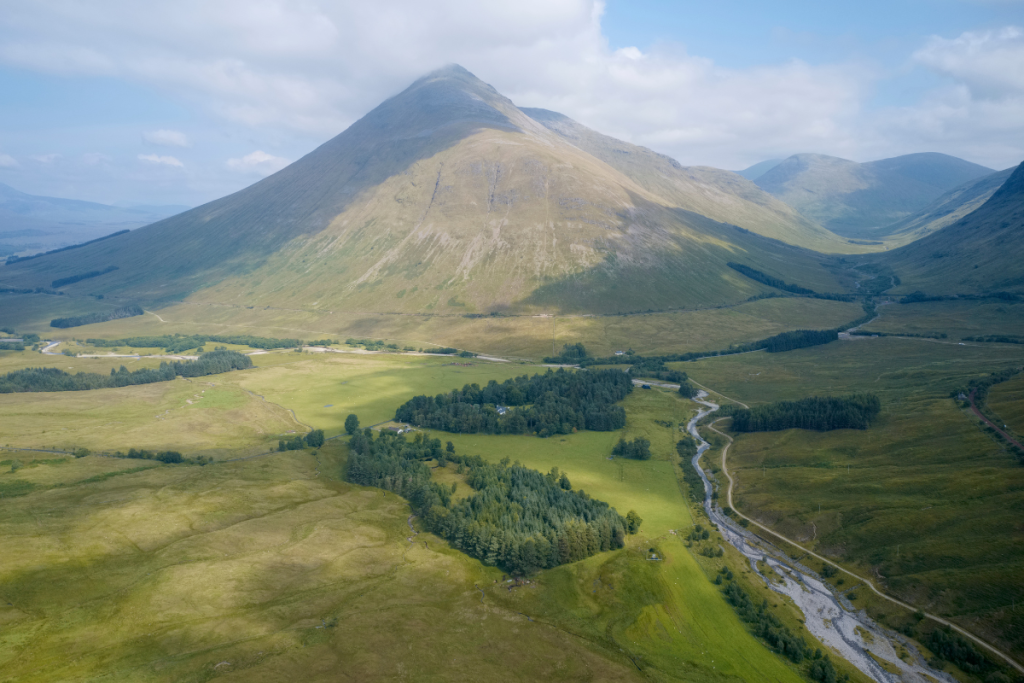
3. Journey on the Camino de Santiago: A Nature Trail Through Spain
The Camino de Santiago, or The Way of St. James, is more than just a trail; it’s a spiritual journey. The most popular route, the Camino Francés, starts from St. Jean Pied de Port in France, spanning about 780km to the Spanish city of Santiago de Compostela in Galicia, Spain, where the believed remains of Saint James the Apostle rest. The journey takes you across rolling vineyards, stunning mountainous regions, and charming medieval towns.
Key Features of the Trek:
- Historical Significance: The journey bridges physical landscapes and spiritual and historical dimensions, making it a transcendent experience.
- Diversity of Trails: The route isn’t just one trail but an entire network called “Caminos.” Each offers a unique experience, including the Camino Francés, Camino del Norte, Camino Primitivo, and more.
- Cultural Experiences: Travelers experience spellbinding Spanish culture—its architecture, music, and cuisine—as they pass through various regions.
- Santiago de Compostela: The endpoint is the breathtaking Cathedral of Santiago de Compostela, a UNESCO World Heritage Site.
Pre-Trek Checklist:
Here are some essentials for the Camino de Santiago journey:
- Credential: Also known as the pilgrim’s passport, this document records your journey, stamped in churches, hostels, and other establishments.
- Comfortable Footwear: Comfy walking shoes are critical as the Camino involves plenty of walking on flat surfaces.
- Travel Guidebook: A guidebook for the chosen route provides all necessary information about the journey, like accommodations, landmarks, and advice.
- Light Backpack: Packing light cannot be stressed enough. The journey is long, and carrying unnecessary weight can make it hard to endure.
Quick Facts
- Trail Length: Varied. However, the popular Camino Francés is approximately 780 km
- .Trek Duration: It can take anywhere from a week to more than a month, depending on the starting point and one’s pace.
- Difficulty Level: Moderate. The Camino isn’t technically difficult but can be physically demanding due to long walking hours.
- Best Time to Visit: Spring and autumn are ideal to avoid summer crowds and winter closures.
No matter your route, the Camino de Santiago will be an enriching and transformative journey beyond physical achievement. It’s a spiritual sojourn that carves its way into your heart and memories, transcending the borders of time and space.
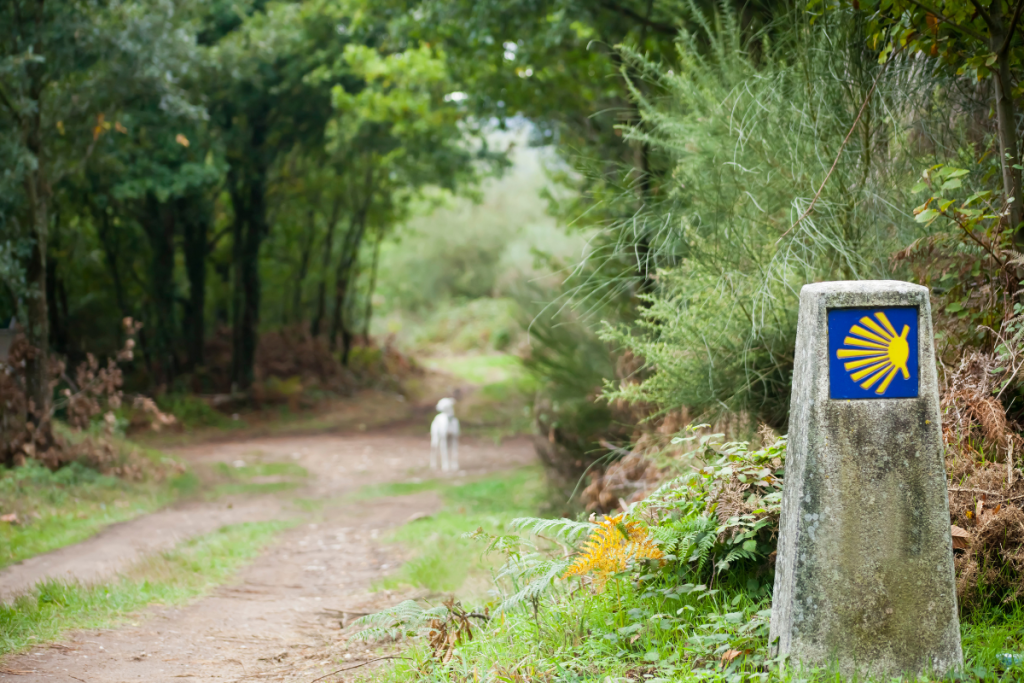
Backpacking For A Hike In Europe: The Essential Guide to the Best Trails
Planning a hiking trip on Europe’s beautiful, scenic trails, including miles of trails across its numerous state parks, requires thoughtful preparation, particularly packing. A short drive from even significant cities, courses in places like Hills State Park or several national and regional parks offer popular hiking options.
They provide the proper backpacking equipment that can distinguish between a memorable experience with panoramic views of the lake and a challenging ordeal.
Here’s an essential hike guide for loop trail enthusiasts – to help you fill that hiker backpack just right!
- Adaptability Clothing: Dress for Europe’s dynamic weather encountered on forest, bluff, or rock trails by packing lightweight layers. This should include a mix of moisture-wicking shirts, a fleece for warmth in the wooded areas or atop a hill trail, and waterproof and wind-resistant jackets for those waterfall hikes. Don’t forget hiking pants, comfortable boots for the miles of paved and unpaved trails, and several woolen socks.
- Navigation tools: While phones and GPS are great, especially when located just 30 minutes from civilization, always carry a physical map and compass for your hiking area or nature trail. They’re invaluable when you’re stuck in areas with poor network coverage around the park or when your gadgets run out of power.
- A First-Aid Kit: Pack a basic kit that includes adhesive bandages, gauze pads, antiseptic wipes, tweezers, and over-the-counter pain medication. Include personal medicines if necessary. You can usually find safety tips from local trail guides to help better prepare.
- Hiking Gear: A good, comfortable backpack is mandatory for a great hike – even more so if planning a morning hike. Hiking gear like a lightweight tent, sleeping bag, headlamp with additional batteries, and cooking equipment can benefit mountain bikers and hikers alike.
- Food and Water: Pack enough high-calorie, easy-to-cook food. Cereal bars, dried fruits, nuts, instant noodles, up to 7 miles stretch, and canned goods are good choices. A portable, lightweight filter or water purification tablet can make water from streams safe to drink.
- Miscellaneous Supplies: Other essential nature lovers like to carry include sunscreen, especially if your loop hike will expose you to the sun all day, bug spray, a multi-tool knife, wet wipes/biodegradable soap, lightweight cutlery that many trails offer, and rubbish bags to carry your trash.
Remember, the goal is to prepare for every feasible situation without overloading yourself. This guide and these trails to choose from should help you do just that.
Happy backpacking, and enjoy the hike across these great options across European parks!

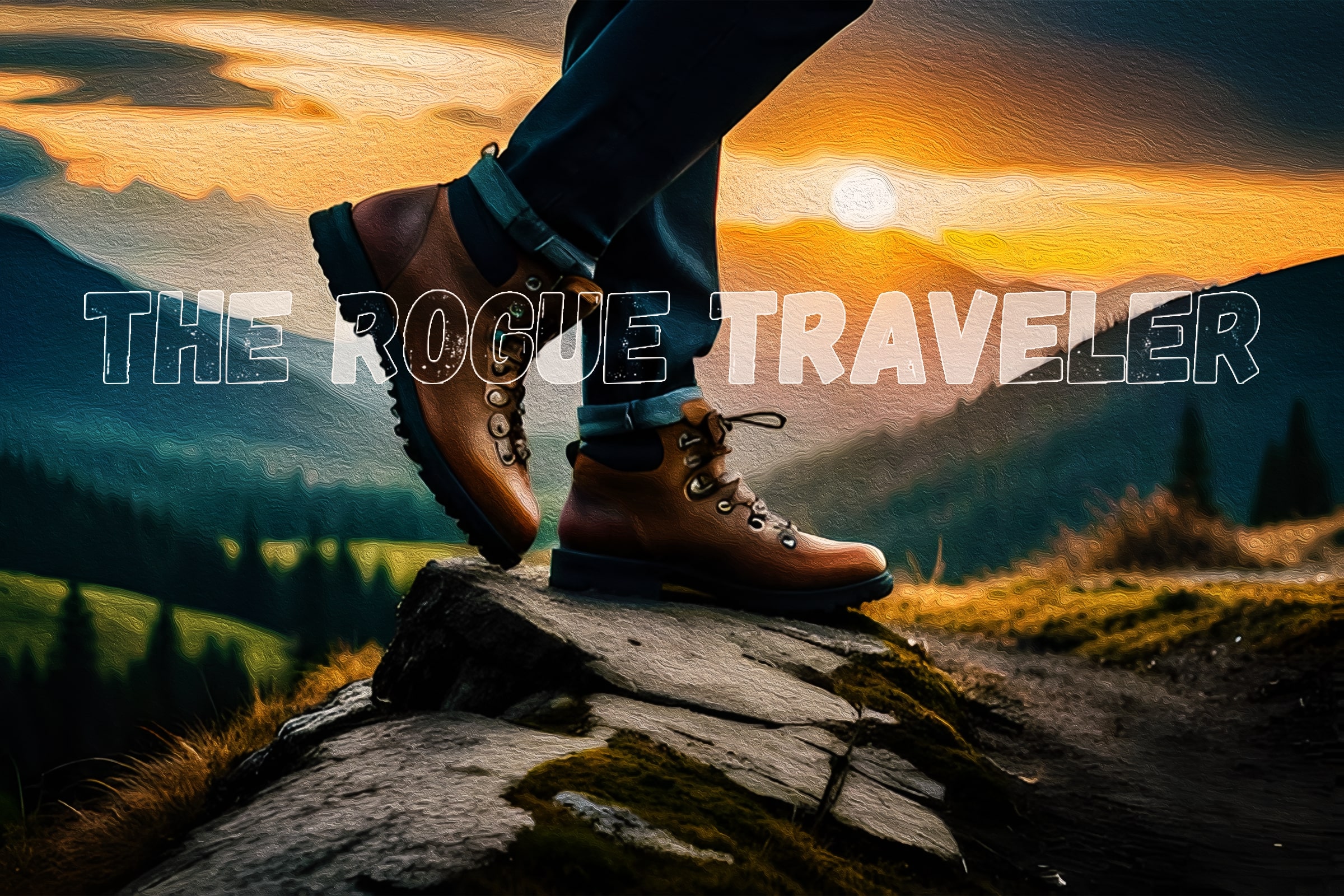
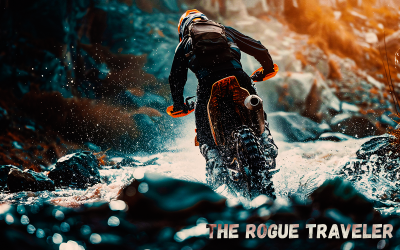
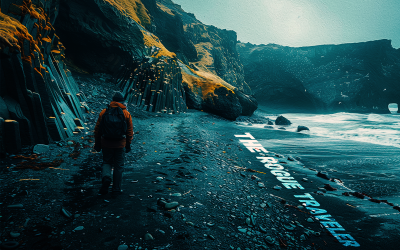
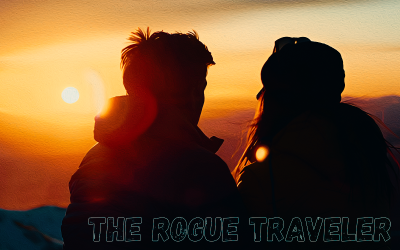
0 Comments